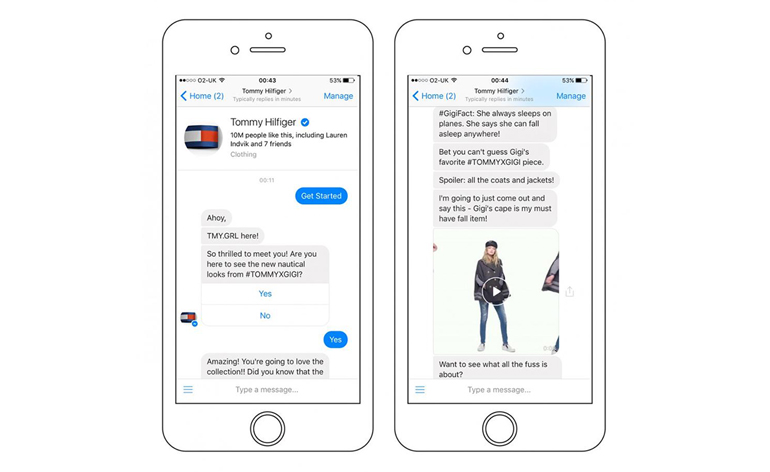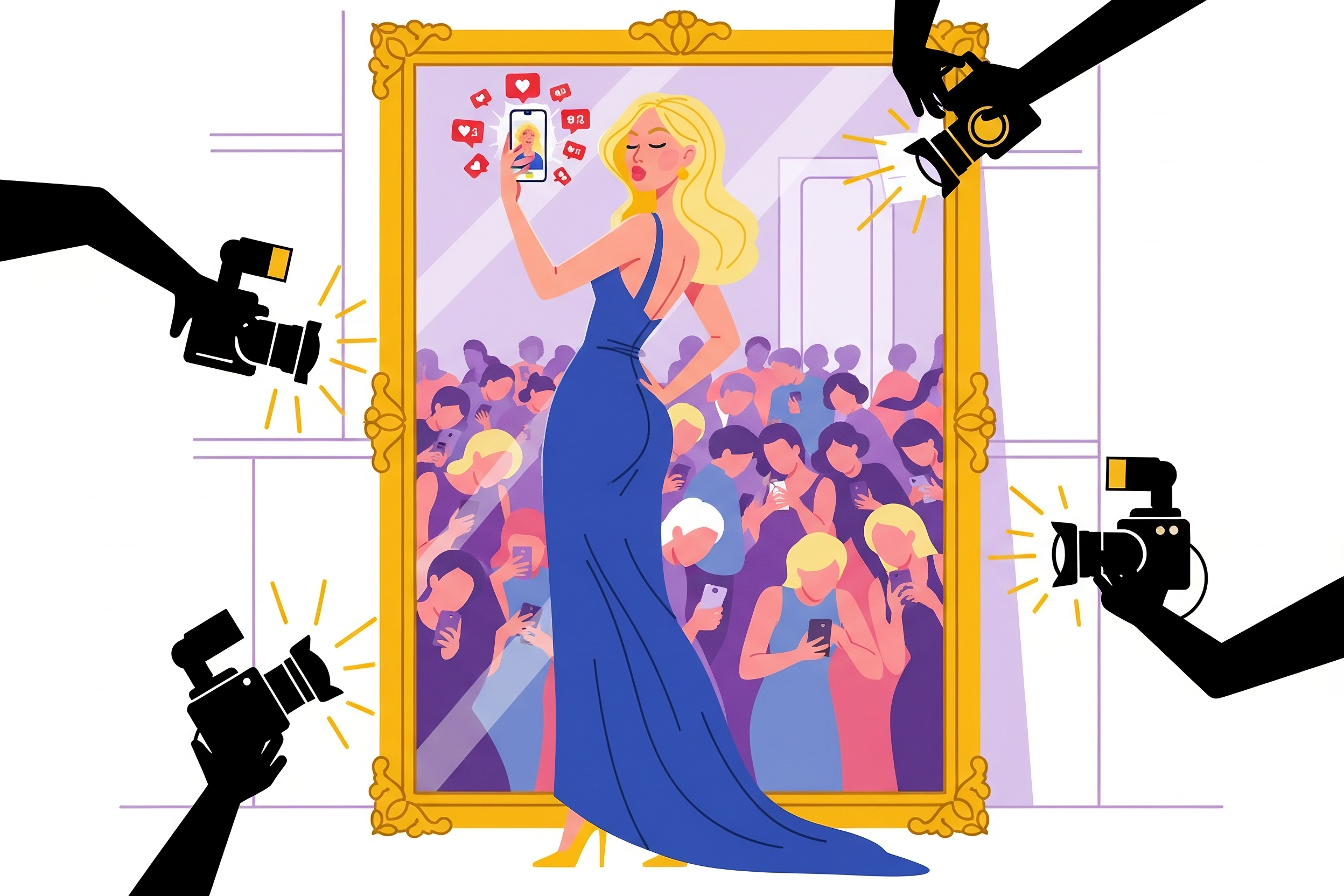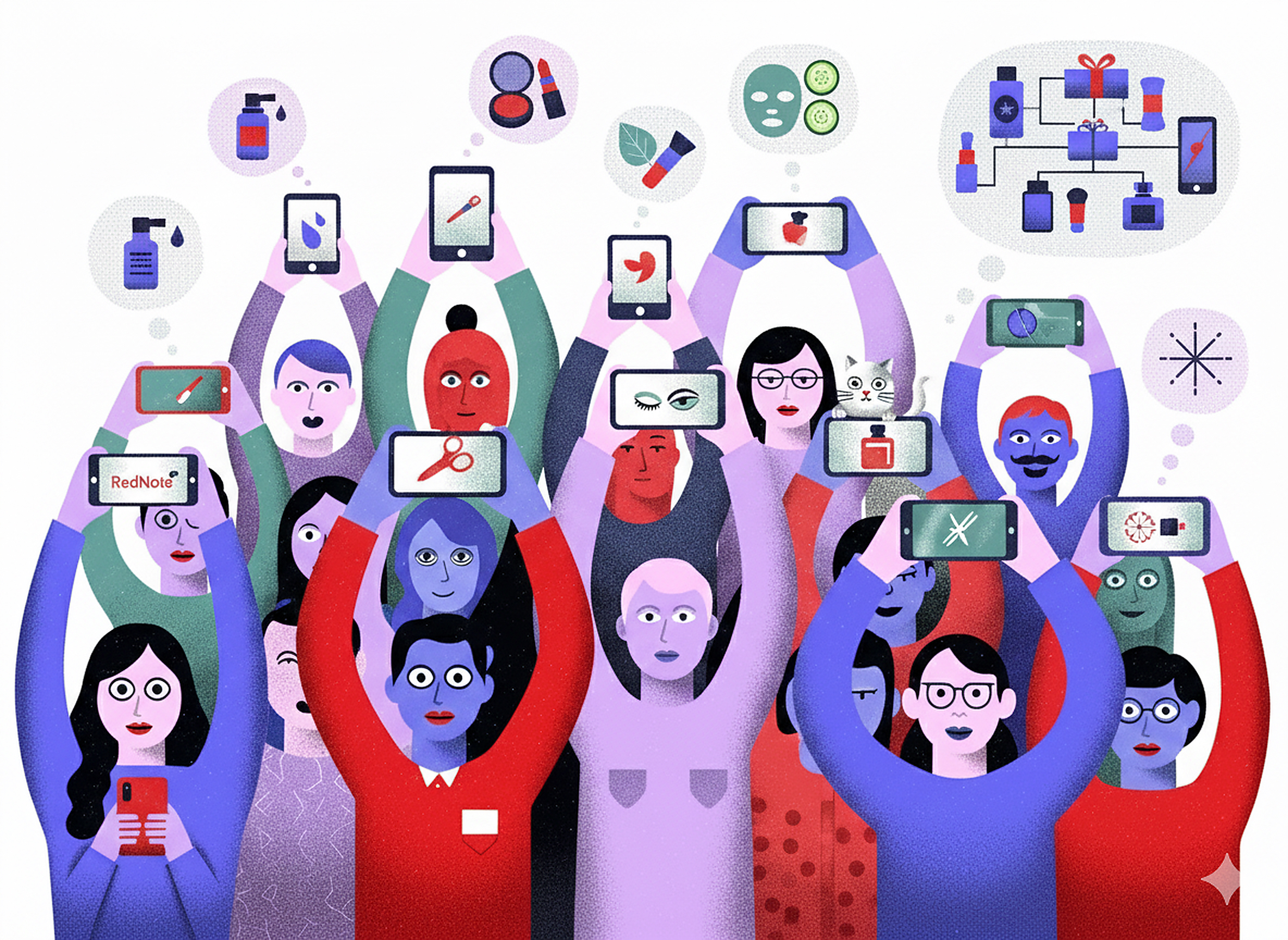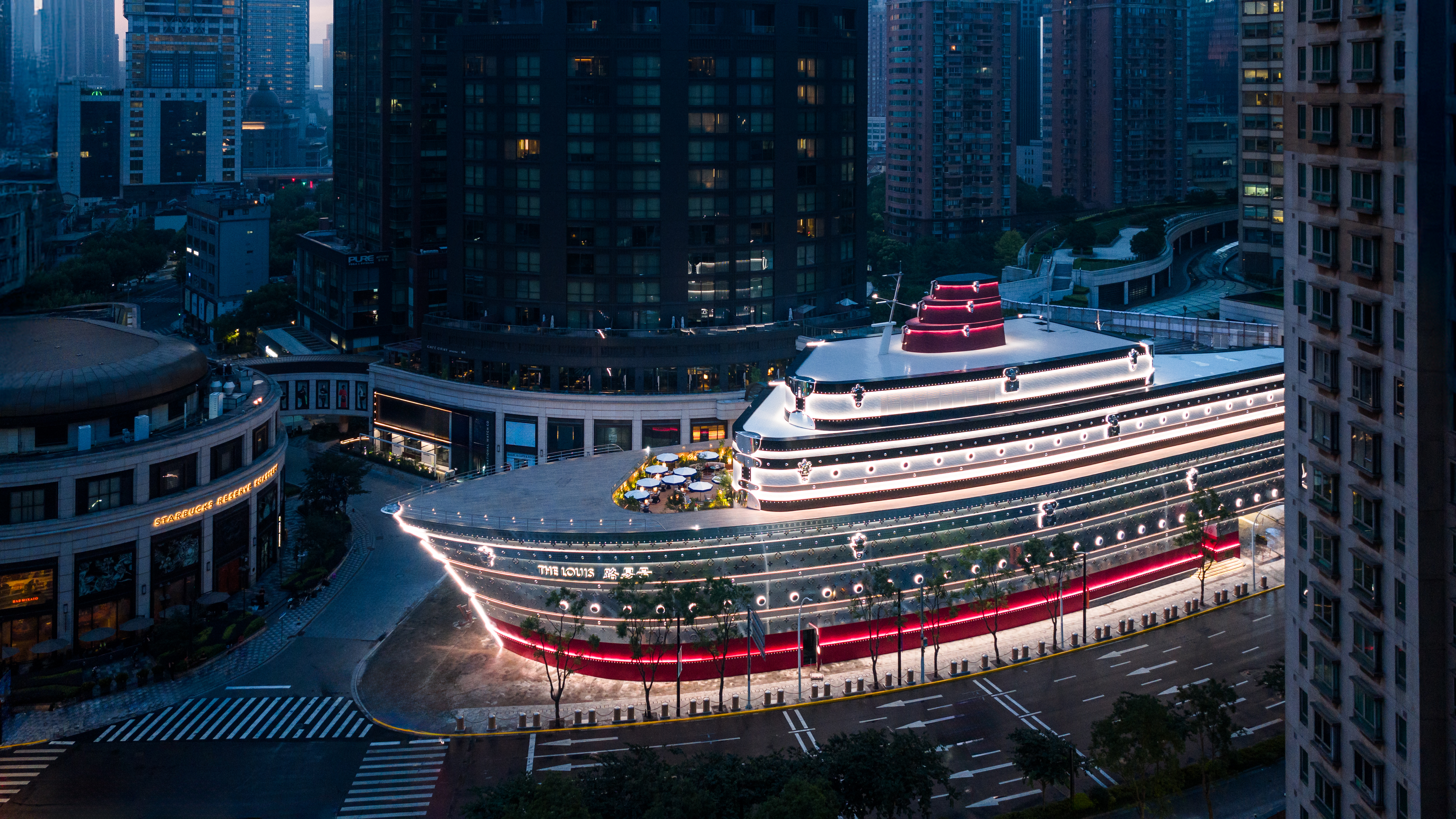It’s a common misconception that technological innovation is directly counter to a luxury brand’s ethos. But in fact, when we look more closely at five key technology trends, it’s no surprise that luxury brands, particularly those in fashion, are helping pave the way towards technological revolution.

It’s a common misconception that technological innovation is directly counter to a luxury brand’s ethos. But in fact, when we look more closely at five key technology trends, it’s no surprise that luxury brands, particularly those in fashion, are helping pave the way towards technological revolution.
The following technology trends are ones to watch closely, as they continue to be adopted by more and more luxury brands:
Do you need to know more about driving innovation in e-commerce marketing?
The Use of Advanced Materials
Advanced materials technology refers to materials designed to possess superior attributes such as incredible strength, impressively low weight, or electric conductivity. Mainly deployed in the pharmaceutical and construction industries, its potential has yet to reach the luxury world. Nanomaterials technology could have a promising impact on the production of luxury garments and accessories.
For instance, wearing self-cleaning socks is no longer the dream of environmentally conscious shoppers. American brand ODO Denim has invented the first self-cleaning and odor-repelling denim.
Another example was Marchesa and IBM’s color-changing light dress worn by model Karolina Kurkova during the 2016 Met Gala. A combination of advanced materials technology and connected objects, the gown was made of a conductive fabric, changing the color depending on the model’s fans tweets.
Artificial Intelligence and Advanced Robotics
Every passing day, engineers introduce capable robots equipped with enhanced senses and self-learning aptitudes used to automate tasks or to augment human capabilities. And for the past 50 years, machines are increasingly replacing the human workforce, starting from mass production industries to healthcare. In 2015, the hospitality industry even welcomed its first humanoid robot staff in Japan’s Henn-na Hotel.
Is there a potential for robots to replace human interactions in luxury shops? From a simple intelligent information interface to robots replacing the physical presence of salespeople, the possibilities are yet to be explored. We strongly believe that human touch and personalisation remain key characteristics of the luxury industry. However, with the latest developments seen with chatbots, online customer support could rapidly enter a new era.
Luxury brands are already testing this new way of connecting with their younger audience. Notably, Tommy Hilfiger was the first brand to profit from a Facebook Messenger bot during NYFW 2016 with the ambitious end goal to drive sales.

Image Courtesy Rachel Arthur
Mixed Reality
With the rise of Pokémon Go during the summer of 2016, augmented reality (AR) has been catapulted into the vernacular of the digital-savvy. The game becoming a worldwide phenomenon introduced us to the possibilities that the technology unveils, and not only for the gaming industry. Virtual reality (VR), another hot topic, brings out an additional dimension, allowing users to be immersed in a new virtual environment.
From online, mobile and in-store experience enhancement to creating new consumer-to-consumer and brand-to-consumer interactions, there is a great potential for the use of AR and VR in the luxury industry. They represent real opportunities to connect with consumers on another level and nurture “the dream” surrounding luxury brands. In China this phenomenon has been well-documented, where AR and VR were a key topic of discussion at Luxury Society’s Keynote event in Shanghai.
Another example is the Prada x Prada VR experience unveiled in December 2016. The online 360° platform invites visitors to a sensorial journey and to the exploration of the abstract world of Prada Fragrances
Distributed Ledger
Distributed ledger technology, with Blockchain on the starting blocks, is gaining visibility because of its promise to revolutionise business operating models. Simply put, a distributed ledger technology provides a way for information to be recorded thanks to a unique digital signature. That information is divided in pieces and shared by a community spread across geographical regions, making it impossible to be tracked, and hacked. People refer to Blockchain as the new “Internet”; impossible to explain because of its immensity and advanced algorithms. Its most famous use lies in Bitcoin, the digital payment system.
Already leveraged by the diamond industry to register the stones on a secured database to prevent fraud (Everledger.io), the same technology could be used in the luxury industry to fight counterfeiters. Because of the exclusive dimension of luxury, industry professionals are already thinking about the use of the technology to avoid using a centralised database that can be hacked and keep customer data safe and private.
Join Luxury Society to have more articles like this delivered directly to your inbox
The Internet of all things
Even if luxury consumers are largely influenced by online touchpoints, they still value the store experience. In fact, 80% of luxury buyers visit physical stores on a regular basis. Therefore, retail stores remain one of the most important dimension of the luxury experience.
By giving the ability to control our physical environment digitally, the Internet of Things (IoT) allows myriads of possibilities to improve customer experience. IoT advances include services such as automated checkout, real-time promotions powered thanks to beacon technologies, and layout and inventory optimization. Digitalised brand Burberry has been doing this for years in its London Regent Street flagship store, connecting seamlessly their online and offline experience. But when we talk about the IoT, we really mean the Internet of everything. Avery Dennison, a Fortune 500 apparel labeling producer, and EVRYTHNG, a “smart products” software provider, introduced Janela™, your first very own digitalised closet.
Traditionally cautious with technology, luxury brands are now slowly moving towards the implementation of digital innovations into their strategy to remain relevant and competitive on the market. Current use of technologies by luxury brands mentioned in the article promise a bright future of innovations for the sector. Hopefully, the five trends identified will compel luxury professionals to rethink their business from product development to customer experience.










